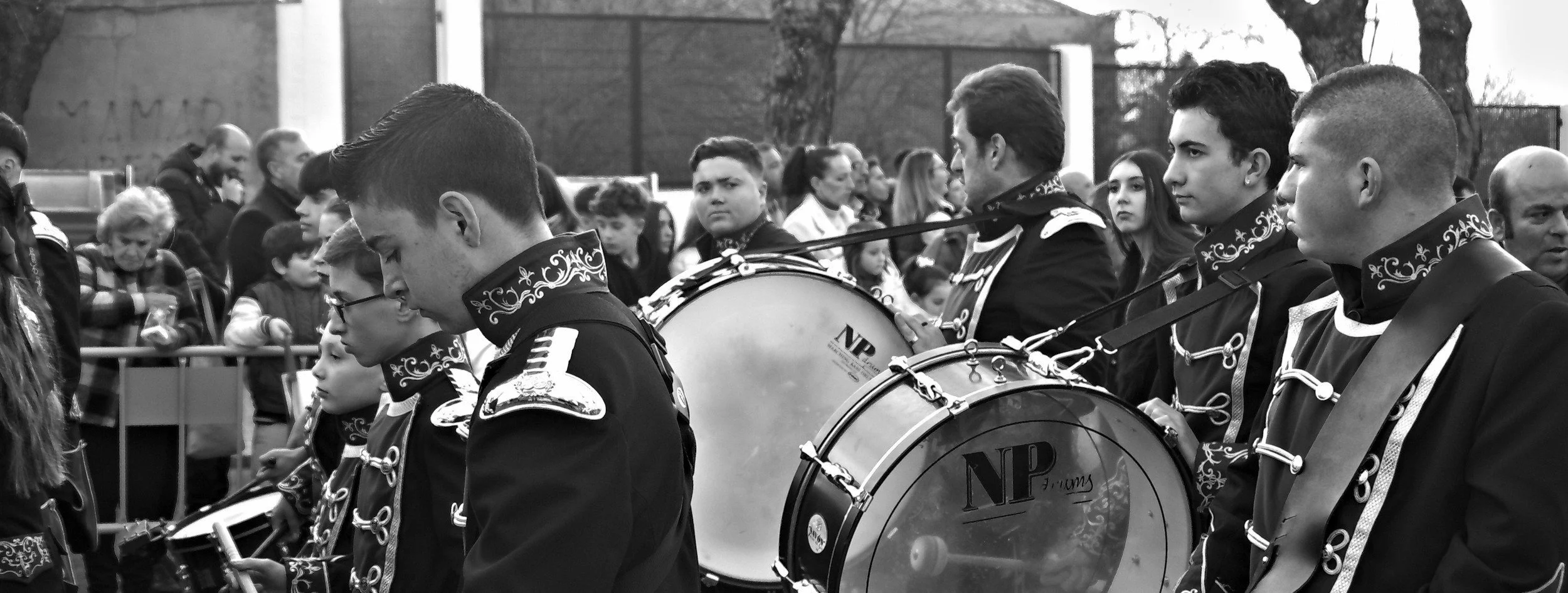10 Functions of Music in Society
Cadet marching band.
If we think about it for a moment, we start to realize just how pervasive music is in our lives. Music on the radio when we are driving, music streaming services as the background to our day, music on television, online videos, and movies, or music in commercials to get us to buy products. We also find music for dancing, cultural celebrations and holidays, music at the gym … it seems endless.
Decades ago, Alan Merriam¹, a well known ethnomusicologist, became interested in the influence of music on social, physical and verbal behavior, along with its cultural and societal factors. As he studied the use of music across countries and cultures, he noticed that, while the music may be different, there are several similarities in its use. From that study, he set up ten categories of function – the broader reasons or functions for the music that existed within a culture:
Music as an influence on physical responses.
Music as a form of communication.
Music as a form or emotional expression.
Music as a symbolic representation.
Music to enforce conformity to social norms.
Music to validate social institutions and religious rituals.
Music to contribute to the continuity and stability of a culture.
Music to contribute to the integration of society.
Music for aesthetic enjoyment.
Music for entertainment.
There are a few categories that seem to overlap to be sure. But what is evident from this list is that music fulfills many functions within a society.
When we consider this influence in terms of music therapy, these functions are related to key domains of human functioning:
Physical systems
Cognition
Communication
Emotion
Social/Cultural Affiliation
As music therapists, we use music specifically selected for its ability to influence the specific domains that our clients need help with. It’s not just a process of throwing on a piece of music and waiting for magic to happen, as some might think. It requires an understanding how a piece of music functions within the varied personal, cultural, emotional, and cognitive systems and domains. It requires an understanding of our clients as a whole person, and what music will be helpful for them personally, and not cause harm.
¹Merriam, A. P. (1964). The anthropology of music. Northwestern University Press.

